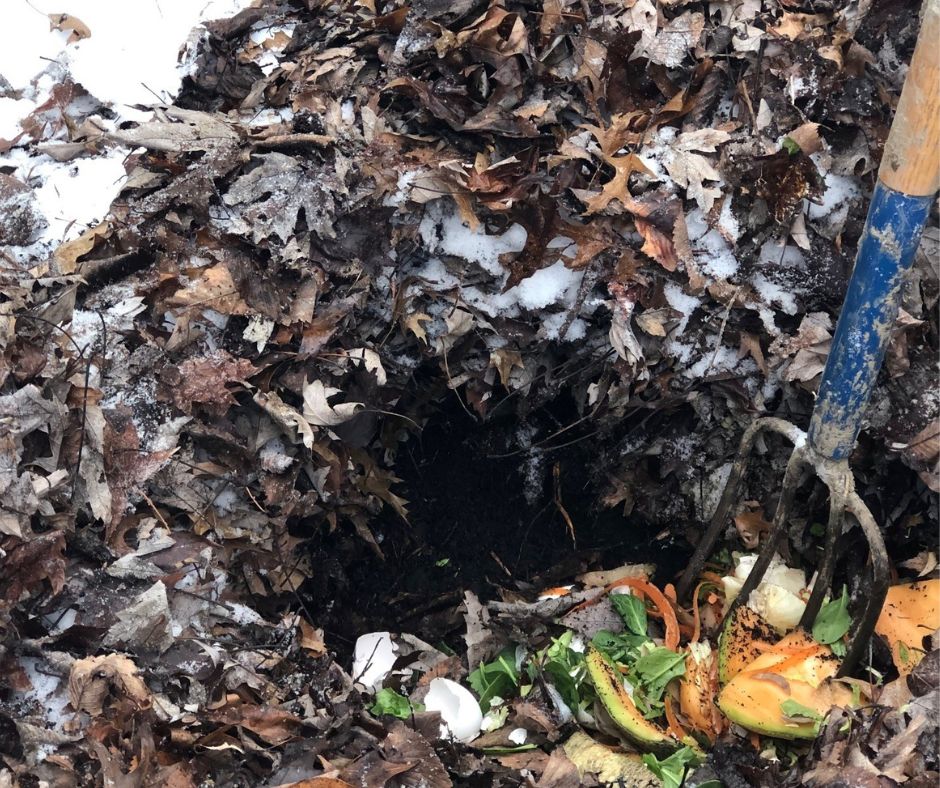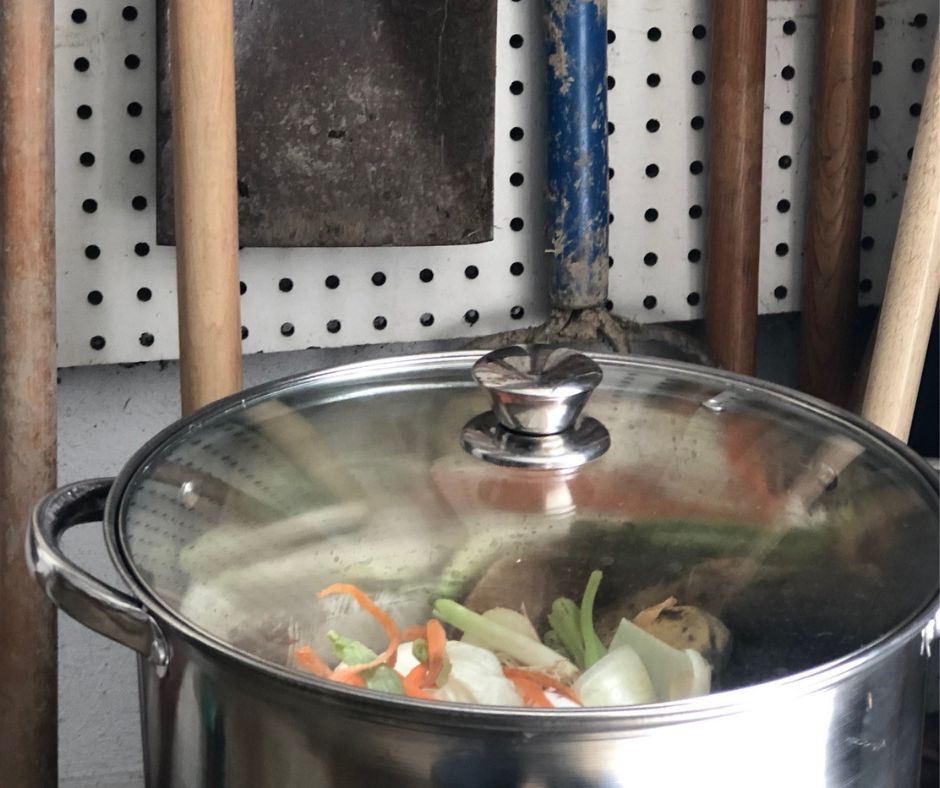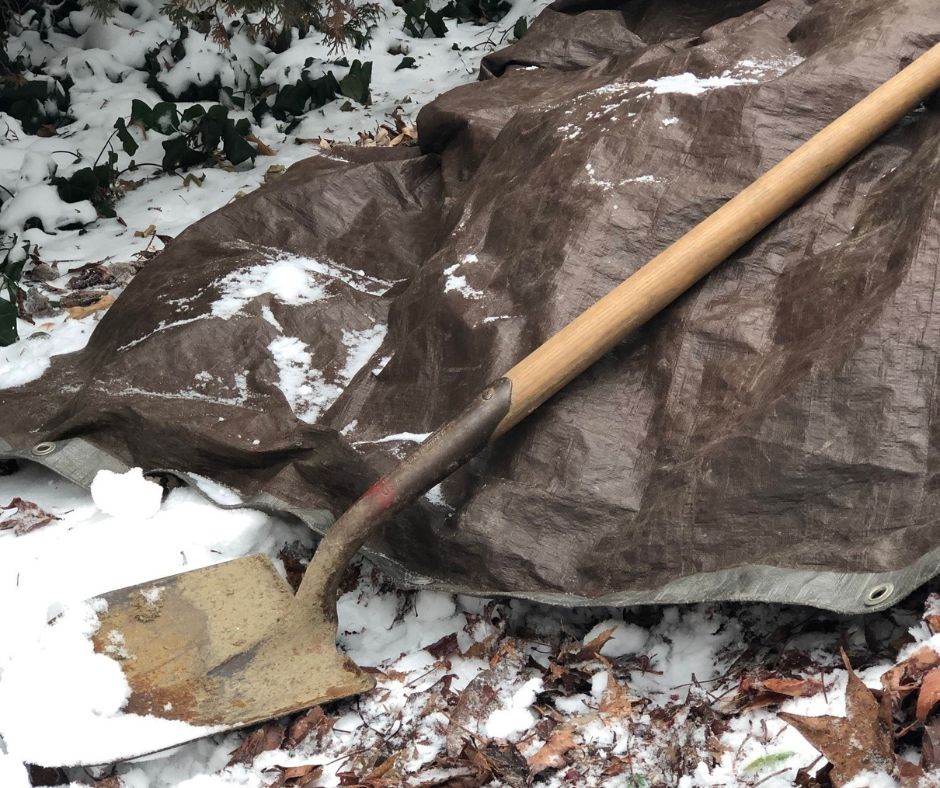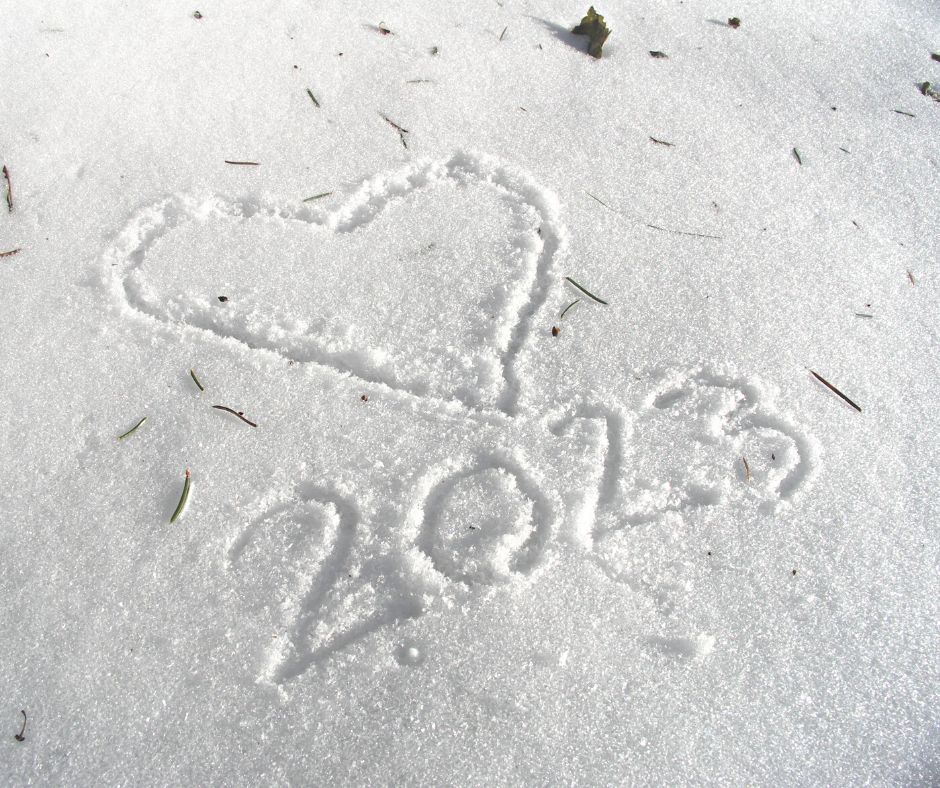By Benjamin McMillan, Co-Owner, Rubber City Reuse
It’s a new year, and we’re back to discuss composting during the winter season! Once there’s a chill in the air and less yard work to do, it feels like a good time to hunker down and hibernate. As you sit by the fire, take a moment to daydream about your spring and summer planting. No matter what you’re envisioning, we know that once the weather warms, a ready supply of nutrient-rich compost will help you achieve your gardening goals! Below, we discuss some basics of cold weather composting.

Keep a Brown & Green Balance
In our last post, we mentioned which materials are good for composting and which are not (see our handy list of DOs & DON’Ts here). Avoid adding unbeneficial materials (the DON’Ts) to your compost pile. Instead, maintain a good mix of brown and green waste materials (the DOs).
It may seem more difficult to find usable brown waste in the winter if you disposed of your fall leaves. However, paper, newspaper, and cardboard can be added to your compost. Be sure to shred, tear, or break down these materials as much as possible since this will help with the decomposition process.
In the winter, green waste may appear scarce since you don’t have any grass clippings. This means you’ll need to rely on produce scraps. In this way, winter composting is the perfect incentive for meeting that New Year’s resolution to eat more fruits and veggies! All those peels, cores, and produce trimmings are beneficial for your compost. Coffee grounds, tea bags, and eggshells are also easy compost additions.
Have a Cold Storage Scrap Container
We know it can be difficult to make frequent trips to the compost pile when it’s cold and blustery. We also know that no one wants a heap of slimy food scraps in (or under) the kitchen sink for too long. To keep accumulating green waste and make fewer trips outside, place a scrap container in a cool but accessible area. Cold storage will keep green waste from decomposing as quickly.
If you only have a small amount of green waste per week, keep a lidded container in your refrigerator for collection. If this doesn’t appeal to you or if a refrigerator container is too small to contain your food scraps, keep a bigger collection container in the garage or by the back door. A bucket or storage bin with a secure lid is ideal. A large stock pot (pictured below) also works well as long as clever critters like raccoons are not an issue. No matter which option you choose, you’ll only need to empty the container into the compost pile every 7-10 days!

Understand Decay Delay
Once you add materials to your compost pile, cold winter temperatures will reduce the speed of decay. However, the interior of the pile may be warm enough to allow for slow decomposition.
To keep the interior warm, insulate the pile. It’s possible you already cushioned your compost this fall by surrounding it with dried leaves. You can also use hay bales to make an insulating wall around the pile. Another option is to create a barrier against the cold by covering it with a tarp or thick layer of straw.
Turning your pile less often will also help retain heat. In warmer months, you need to turn the pile every few days. During winter, turning it every two weeks is sufficient. Smaller or uninsulated compost piles may freeze. If your compost is frozen solid and you can’t turn it, don’t worry. You can still layer brown and green waste onto the pile. Eventually, as the weather warms and the pile thaws, you can fully incorporate winter waste materials.

Christmas Tree Composting?
Lastly, you may be wondering about composting your Christmas or holiday tree this winter. Branches, let alone whole trees, are not ideal for a compost pile. They take a long time to break down and decompose.
If you want to make a tree useable for compost, you’ll need to chop it into smaller pieces and shred it into wood chips. Since this may not be possible for most at-home composters, we recommend checking with your city to see if there is a tree composting program in your area. Many cities have a pickup day or drop-off location for holiday trees. If you live in Summit County, Rubber City Reuse offers free Christmas tree pickup for all businesses and households the entire month of January! Email or call us for more information: Rubber City Reuse.
Resolve to Compost
We often make resolutions for the new year that are meant to improve our lives and the lives of others. Composting benefits the environment and by extension, all of us. We hope you resolve to compost throughout the winter. With a little effort (as well as a warm coat, a hat, and gloves), you can continue to reduce landfill waste and create eco-friendly fertilizer for your spring and summer gardens!






